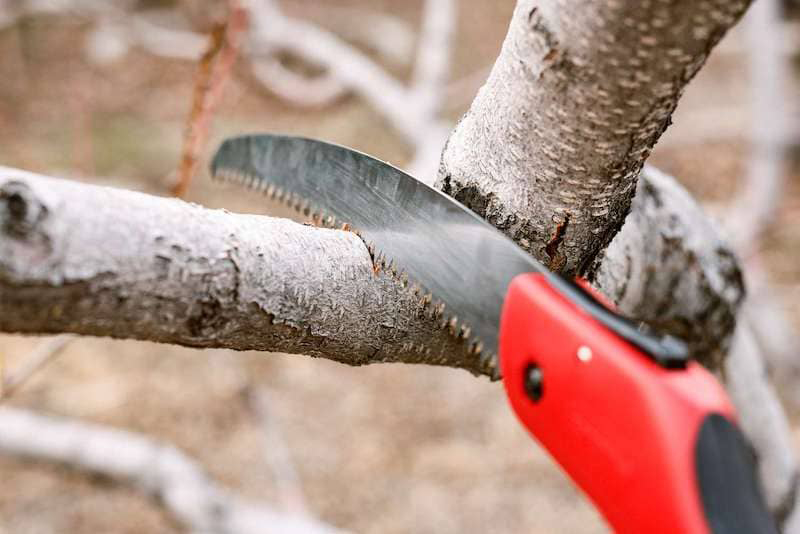
Taking care of your trees involves more than just watering and fertilizing. Pruning is an important task that promotes their health and beauty. However, it’s easy to make mistakes that can harm your trees. Here are seven common pruning mistakes to avoid.

1. Pruning at the Wrong Time
Mistake: Pruning trees at the wrong time can lead to poor growth or disease.
Avoidance:
- Do your research and find out the best time to prune your specific type of tree.
- In general, late winter or early spring when trees are dormant is the ideal time, as they can heal quickly.
2. Over Pruning
Mistake: Removing too much foliage can stress the tree.
Avoidance:
- Never remove more than 25% of a tree’s crown in a single season.
- Focus on removing dead or diseased branches, and thin sparingly to allow light and air to penetrate.
3. Topping the Tree
Mistake: Cutting off the top of the tree can result in weak new growth.
Avoidance:
- Avoid cutting the main branches or the tree’s leader.
- Instead, thin out the branches to maintain the tree’s natural shape.
4. Improper Cutting Technique
Mistake: Making improper cuts can damage the tree and hinder its healing.
Avoidance:
- Learn proper pruning techniques, such as the three-cut method for large branches.
- Make cuts at the branch collar to promote healing.
5. Using Dull Tools

Mistake: Using dull tools can cause ragged cuts and harm the tree.
Avoidance:
- Regularly sharpen your pruning tools.
- Ensure clean cuts for better and faster healing.
6. Ignoring Safety
Mistake: Neglecting personal and tree safety.
Avoidance:
- Wear protective gear like gloves and safety glasses.
- Consider hiring a professional arborist for pruning large trees.
7. Pruning Healthy, Large Branches
Mistake: Cutting large, healthy branches can stress the tree.
Avoidance:
- Focus on removing dead, diseased, or overcrowded branches.
- Avoid cutting branches that are over 4-5 inches in diameter unless necessary.

Pruning trees goes beyond simply cutting branches. It requires an understanding of the tree’s biology and its specific needs. By avoiding these common mistakes, you can ensure healthier and more beautiful trees that will thrive for years to come. And remember, when in doubt, consulting a professional arborist is always a wise decision.





